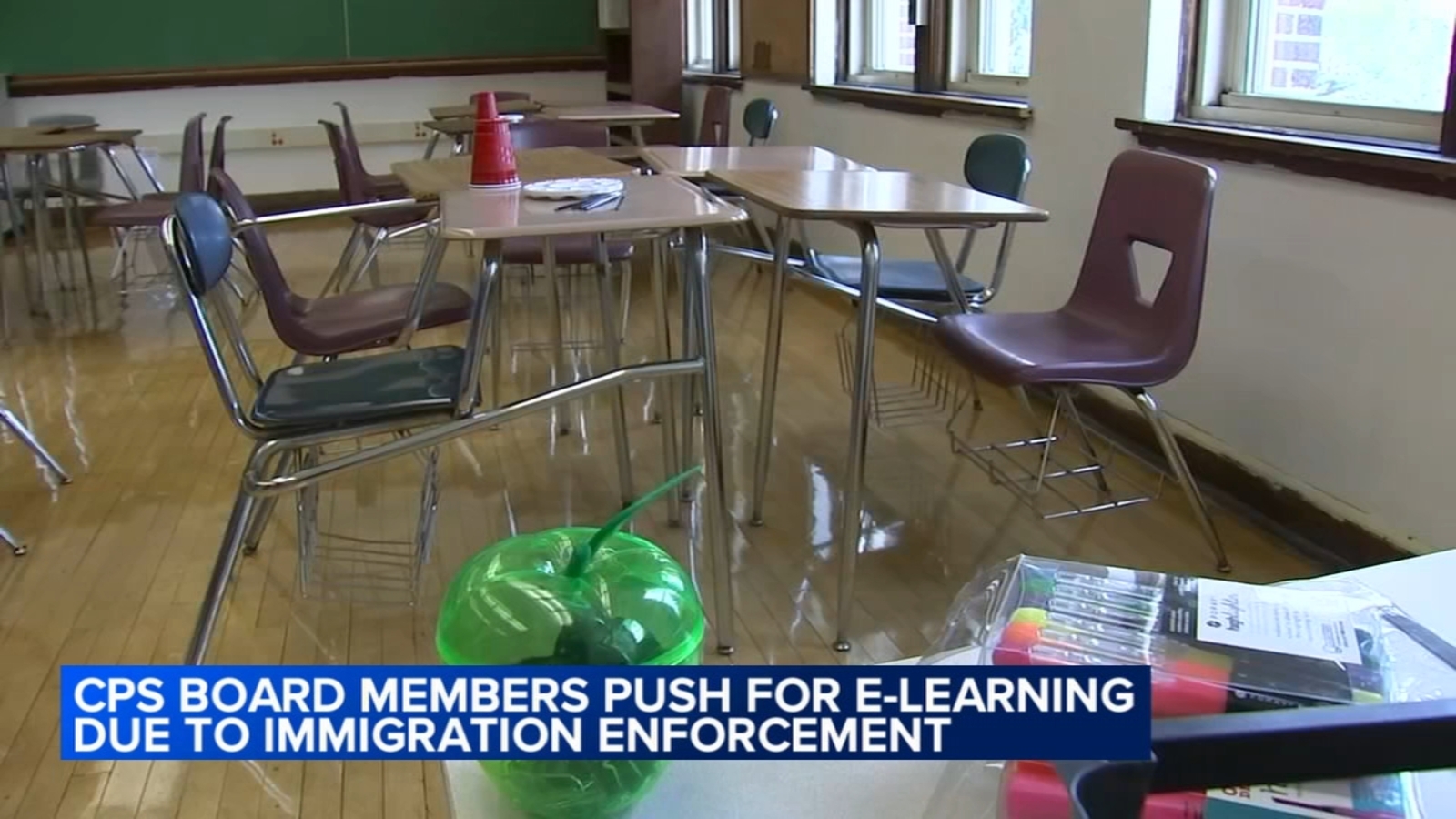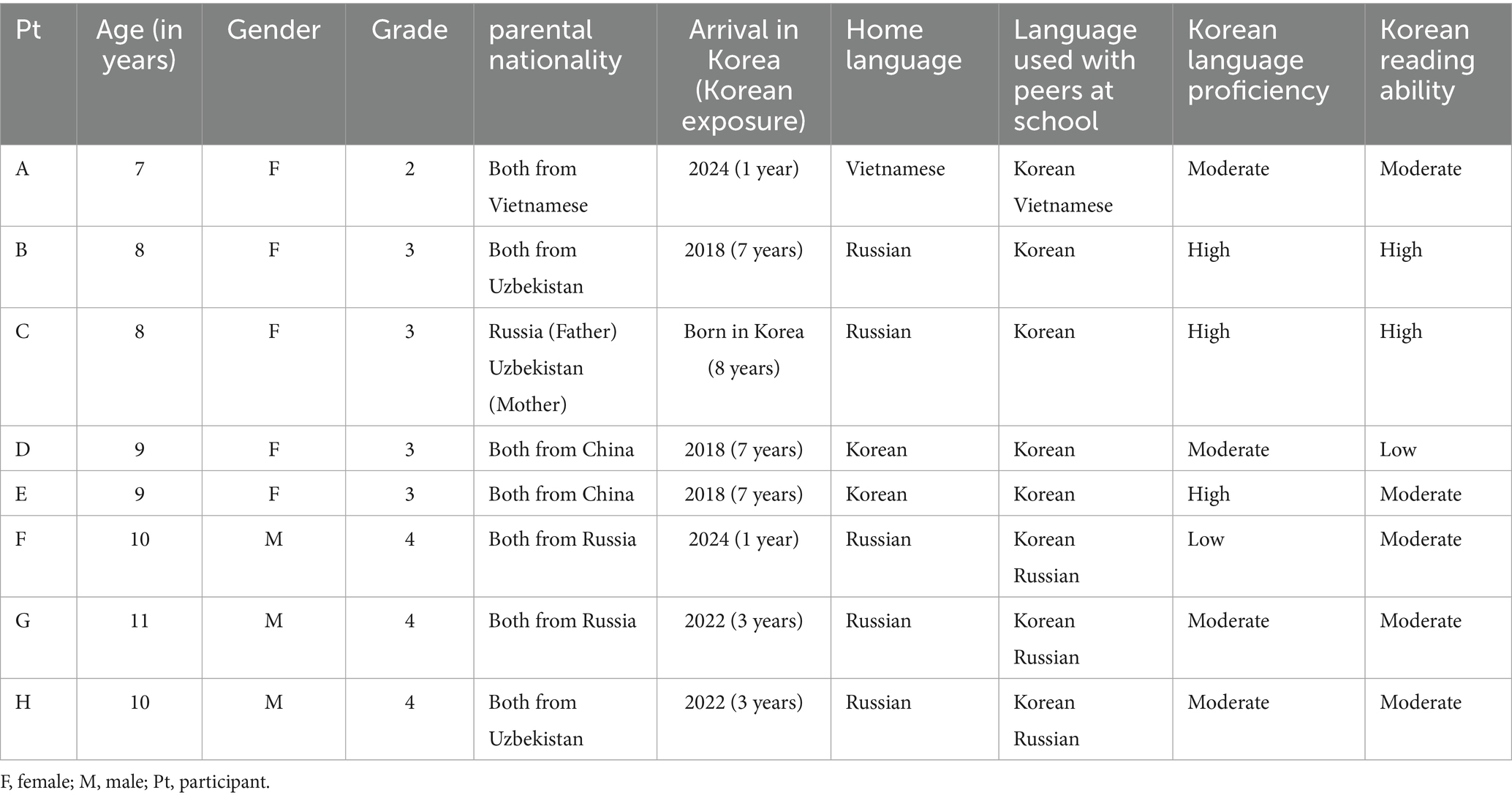Report on Immigration Enforcement’s Impact on Educational Access and Sustainable Development Goals in Chicago
Executive Summary
Recent federal immigration enforcement operations in Chicago have prompted calls for remote learning options for Chicago Public Schools (CPS) students. The detention of a student and interactions between federal agents and community members have raised significant safety concerns, directly impacting the city’s progress toward several United Nations Sustainable Development Goals (SDGs), most notably SDG 4 (Quality Education), SDG 16 (Peace, Justice and Strong Institutions), and SDG 10 (Reduced Inequalities).
Impact on SDG 4: Quality Education
The primary conflict threatens the fundamental right to education by creating an environment where students feel unsafe traveling to or attending school. This situation directly undermines the objective of ensuring inclusive and equitable quality education for all.
- Barrier to Access: Fear of encountering immigration enforcement has led to student absenteeism. A teacher at Benito Juarez Community Academy reported a student was marked absent after being detained by federal agents on his way to school.
- Unsafe Learning Environment: The climate of fear and anxiety compromises the school environment, which is essential for effective learning and development. Parents have expressed that they do not feel it is safe for their children to commute to school.
- Continuity of Learning: In response, CPS board members and parents have proposed an e-learning option as an emergency measure to ensure educational continuity for students at risk, aligning with the need for resilient and adaptive education systems.
Implications for SDG 16: Peace, Justice and Strong Institutions
The events highlight a tension between law enforcement activities and the community’s right to peace and security, challenging the goal of building effective, accountable, and inclusive institutions at all levels.
- Access to Justice: The detention of a 17-year-old student, who was later released without charges, raises concerns about due process and the protection of minors.
- Institutional Accountability: The Department of Homeland Security (DHS) defended its agents’ use of chemical agents as a necessary response to a “riot,” while community members and attorneys have accused federal agents of violating a court order. This conflict underscores the need for transparent and accountable institutions.
- Promotion of Peaceful Societies: The confrontations between protestors and federal agents disrupt community peace and create a sense of instability, contrary to the aim of promoting peaceful and inclusive societies.
Broader SDG Context: Well-being, Inequality, and Community Safety
The situation’s impact extends beyond education and justice, touching on interconnected development goals related to health, equality, and urban safety.
- SDG 3 (Good Health and Well-being): The “sense of unease, anger, and frustration” described by school staff has a direct negative impact on the mental and emotional well-being of students and their families.
- SDG 10 (Reduced Inequalities): The enforcement actions disproportionately affect immigrant communities, creating a significant inequality in access to the fundamental public service of education and deepening the vulnerability of an already marginalized group.
- SDG 11 (Sustainable Cities and Communities): The goal of making cities safe, inclusive, and resilient is compromised when residents, particularly children, do not feel secure in their own neighborhoods and on their way to school.
Stakeholder Responses and Proposed Solutions
Various stakeholders have responded to the crisis, with proposed solutions reflecting different priorities.
- Community and CPS Board: Advocate for an emergency remote learning option to prioritize student safety and educational access. Board member Emma Lozano has urged immediate action, framing the situation as an “emergency.”
- CPS Administration: The Interim CPS CEO has stated that schools remain the safest place for students and that a decision on e-learning rests with the state governor. CPS has enhanced its 24/7 Student Safety Center to support families.
- Federal Government: A DHS statement characterized the community response as a violent riot and justified the use of force as being in accordance with CBP policy to ensure law enforcement safety.
Analysis of SDGs, Targets, and Indicators
1. Which SDGs are addressed or connected to the issues highlighted in the article?
-
SDG 4: Quality Education
The article directly addresses the disruption of education. Students’ ability to safely attend school is compromised due to immigration enforcement activities. The call for remote learning is a direct attempt to ensure educational continuity, which aligns with the goal of providing inclusive and equitable quality education.
-
SDG 10: Reduced Inequalities
The issue disproportionately affects a specific, vulnerable group: immigrant students and their families. The fear of detention creates an unequal barrier to accessing education for these students compared to the general student population, highlighting an inequality based on origin and immigration status.
-
SDG 16: Peace, Justice and Strong Institutions
The article describes a conflict between law enforcement and community members, the detention of a minor, and a general sense of fear and lack of safety. This relates to the goal of promoting peaceful and inclusive societies, providing access to justice for all, and building effective, accountable institutions. The creation of an accountability commission and a student safety center are institutional responses to these challenges.
2. What specific targets under those SDGs can be identified based on the article’s content?
-
Under SDG 4 (Quality Education):
- Target 4.1: “By 2030, ensure that all girls and boys complete free, equitable and quality primary and secondary education…” The article shows this is at risk, as a teacher states a student was marked absent because “ICE had snatched him up on his way to school,” directly impeding the student’s ability to complete their education.
- Target 4.a: “Build and upgrade education facilities that are child, disability and gender sensitive and provide safe, non-violent, inclusive and effective learning environments for all.” The core problem is that the environment is no longer perceived as safe. A teacher describes “a sense of unease” and parents report, “I don’t feel safe,” demonstrating the failure to provide a safe learning environment.
-
Under SDG 10 (Reduced Inequalities):
- Target 10.2: “By 2030, empower and promote the social, economic and political inclusion of all, irrespective of… origin… or other status.” The situation described shows the social exclusion of students based on their perceived immigration status, as their access to the fundamental right of education is threatened.
- Target 10.3: “Ensure equal opportunity and reduce inequalities of outcome…” The fear of immigration enforcement creates an unequal educational opportunity for a specific group of students, directly contradicting this target.
-
Under SDG 16 (Peace, Justice and Strong Institutions):
- Target 16.1: “Significantly reduce all forms of violence…” The DHS statement describes a violent clash involving “rioters,” “commercial artillery shell fireworks,” rocks, and the deployment of “chemical agents,” which is a clear example of violence that this target aims to reduce.
- Target 16.3: “Promote the rule of law… and ensure equal access to justice for all.” The detention of a 17-year-old student who was “later released without charges” raises questions about due process and equal access to justice for this demographic.
- Target 16.6: “Develop effective, accountable and transparent institutions at all levels.” The creation of the “Illinois Accountability Commission” and the enhancement of the “24-7 Student Safety Center” are direct institutional actions aimed at improving accountability and effectiveness in response to the crisis.
3. Are there any indicators mentioned or implied in the article that can be used to measure progress towards the identified targets?
-
Implied Indicators for SDG 4:
- School absenteeism rates: The teacher’s statement, “I marked a junior student absent, not because that student was sick… it was because ICE had snatched him up,” implies that tracking absenteeism due to safety fears is a relevant measure.
- Parental and student perception of safety: The quote, “It’s a lot of students calling in, or parents calling in saying, ‘I don’t feel safe,'” suggests that surveys or records of safety-related concerns could serve as an indicator.
- Demand for alternative learning options: The fact that “CPS parents have been pitching for an e-learning option” indicates that the number of requests for remote learning can measure the perceived lack of safety in traditional schooling.
-
Implied Indicators for SDG 16:
- Number of minors detained by law enforcement near schools: The central event of the article is that a “17-year-old student was detained by federal officers,” making this a direct indicator of the problem.
- Incidents of violence involving law enforcement and civilians: The detailed DHS statement describing the clash, the use of force, and arrests provides a basis for tracking such incidents as a measure of community peace and safety.
- Establishment of oversight and support bodies: The mention of the “Illinois Accountability Commission” and the “24-7 Student Safety Center” are concrete institutional responses that can be tracked as indicators of progress toward building stronger institutions.
4. Summary Table of Findings
| SDGs | Targets | Indicators (Implied from Article) |
|---|---|---|
| SDG 4: Quality Education |
4.1: Ensure completion of equitable and quality education.
4.a: Provide safe, non-violent, and inclusive learning environments. |
– School absenteeism rates due to safety fears. – Number of requests for remote learning options. – Surveys on student/parent perception of safety. |
| SDG 10: Reduced Inequalities |
10.2: Promote social inclusion of all, irrespective of origin.
10.3: Ensure equal opportunity. |
– Disparities in school attendance between immigrant and non-immigrant communities. – Number of special provisions requested by specific demographic groups. |
| SDG 16: Peace, Justice and Strong Institutions |
16.1: Reduce all forms of violence.
16.3: Ensure equal access to justice. 16.6: Develop effective and accountable institutions. |
– Number of violent incidents between law enforcement and civilians. – Number of minors detained near schools. – Establishment of new accountability commissions or safety centers. |
Source: abc7chicago.com







